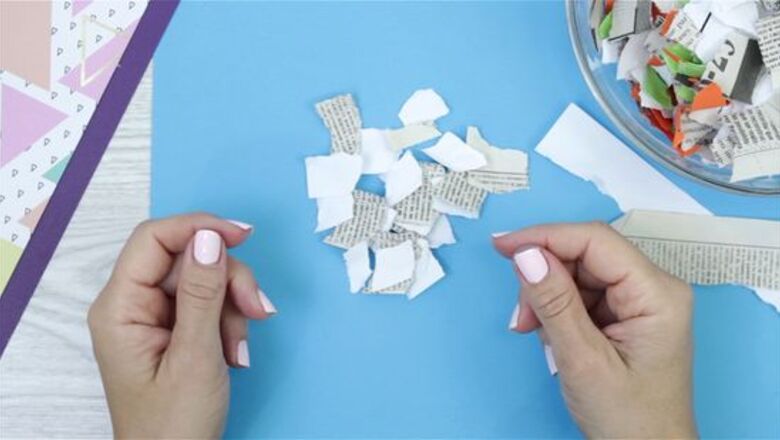
views
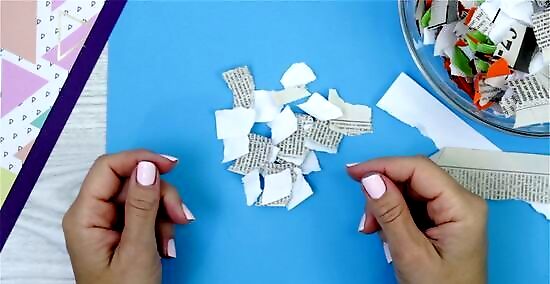
Tear up your scrap paper into small (about one-inch) pieces and place into a blender or food processor.
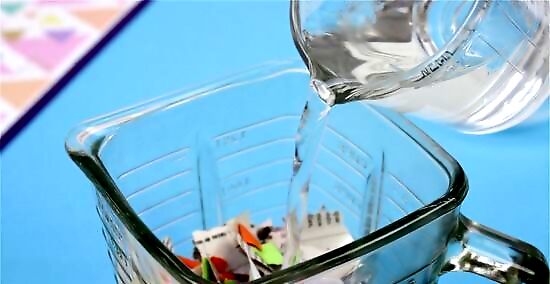
Fill the blender or processor with warm water.
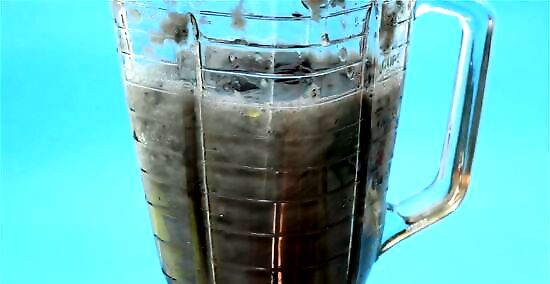
Blend the paper bits until the pulp is smooth; start blending on a slow speed and increase the speed as the pulp becomes smoother.
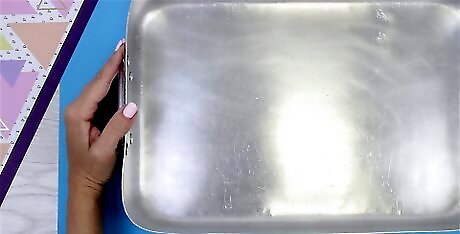
Prepare a tub or basin that is deep enough to completely submerge your mold and deckle (See "Tips" for instructions to make a mold and deckle, the framework for your sheets of paper). Fill the tub or basin about half-full of water.
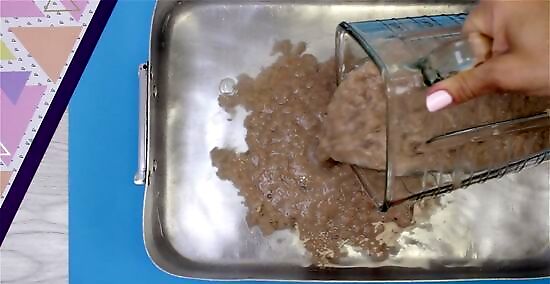
Pour your pulp mixture into your basin. You should make several blender-loads of pulp to put into your basin in order to make multiple sheets of paper.
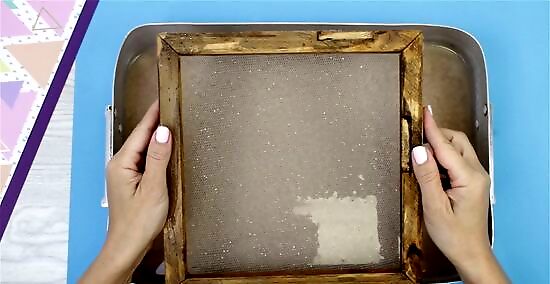
Place your deckle (the frame) over the screen-side of the mold (the thing with the mesh screen) so that the edges of both the mold and deckle are even.
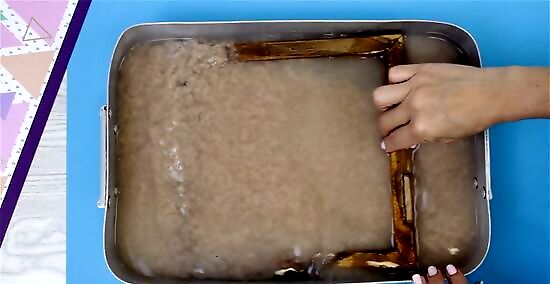
Dip your mold and deckle into the basin with the screen facing up. You should dip the mold and deckle from the front to the back of the basin so that the pulp in the basin can settle onto the screen. Swirl your mold and deckle around until an even layer of pulp has settled on the screen. Hold the deckle steady on the mold!
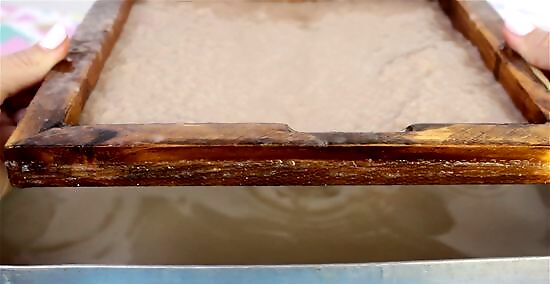
Holding the mold and deckle parallel to the water, lift them out of the basin and hold them there to let the water drain through the mesh.
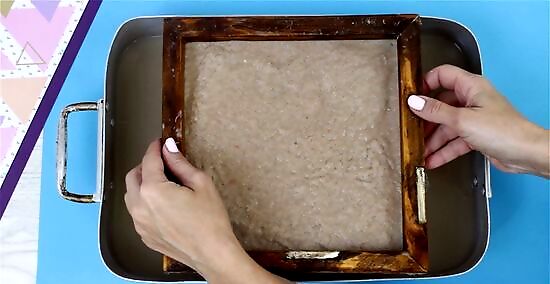
When most of the water has drained, lift your deckle carefully off the mold.
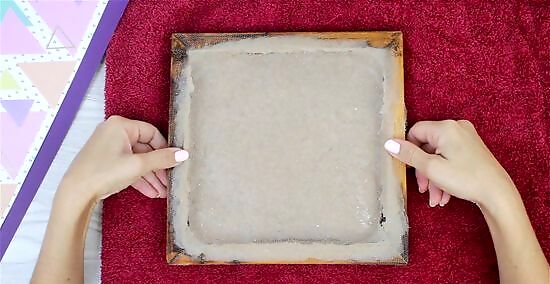
Gently flip your mold over onto your cloth, with the pulp-side facing the cloth. Use a rolling motion - placing one side of the mold down, then the middle, then finally the opposite side - to place your mold face-down on the cloth.
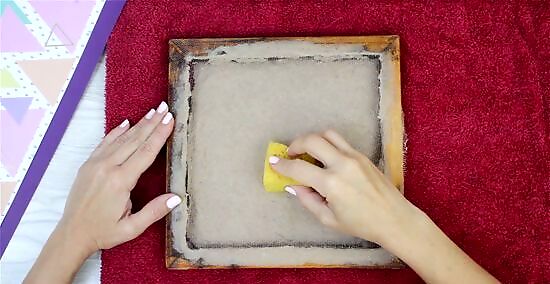
Through the screening of your mold, which is face-down on your couching cloth, use a sponge to dab excess water from the pulp. Sponge through the mold's screening.
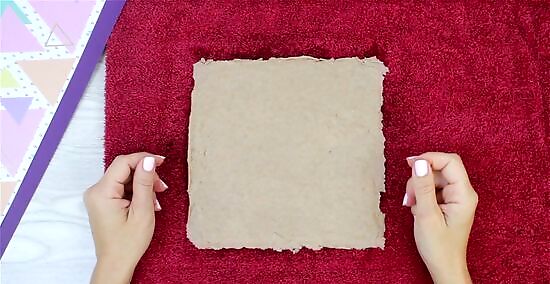
When you have sponged all the water you can from the paper pulp, very gently lift your mold off the couched pulp, starting with the edges. Lift the mold slowly, or your wet paper might tear or come up with the mold. (Your aim is to leave a wet piece of paper on the couching cloth when you lift the mold).
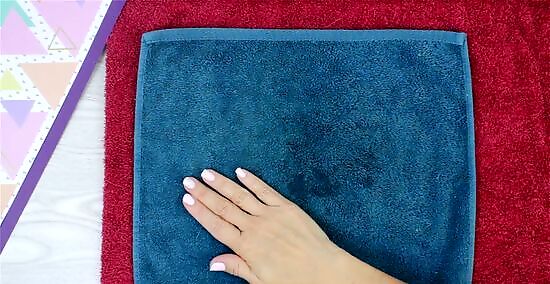
Place another cloth on top of your freshly-pulled paper sheet, and press it. You can either press it by hand or by placing something heavy on it. You can press multiple pieces of paper by stacking several freshly-pulled sheets (with cloth between each) and pressing them all at once.
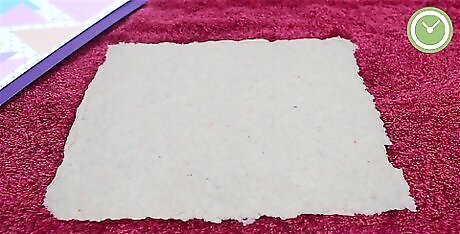
Once your paper is pressed and somewhat dry (it may still be damp, but not as fragile), you can hang it on a clothesline to finish drying. Or you can leave it to dry on the couching cloth, or on a smooth surface like glass or a mirror. You may wish to iron it smooth, or you can leave it as it is for added texture and character.
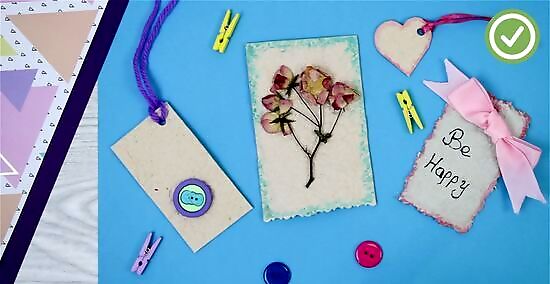
Finished. Now you can write, draw, and fold it.














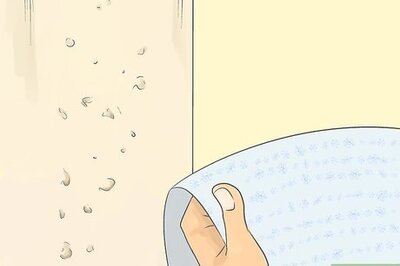





Comments
0 comment